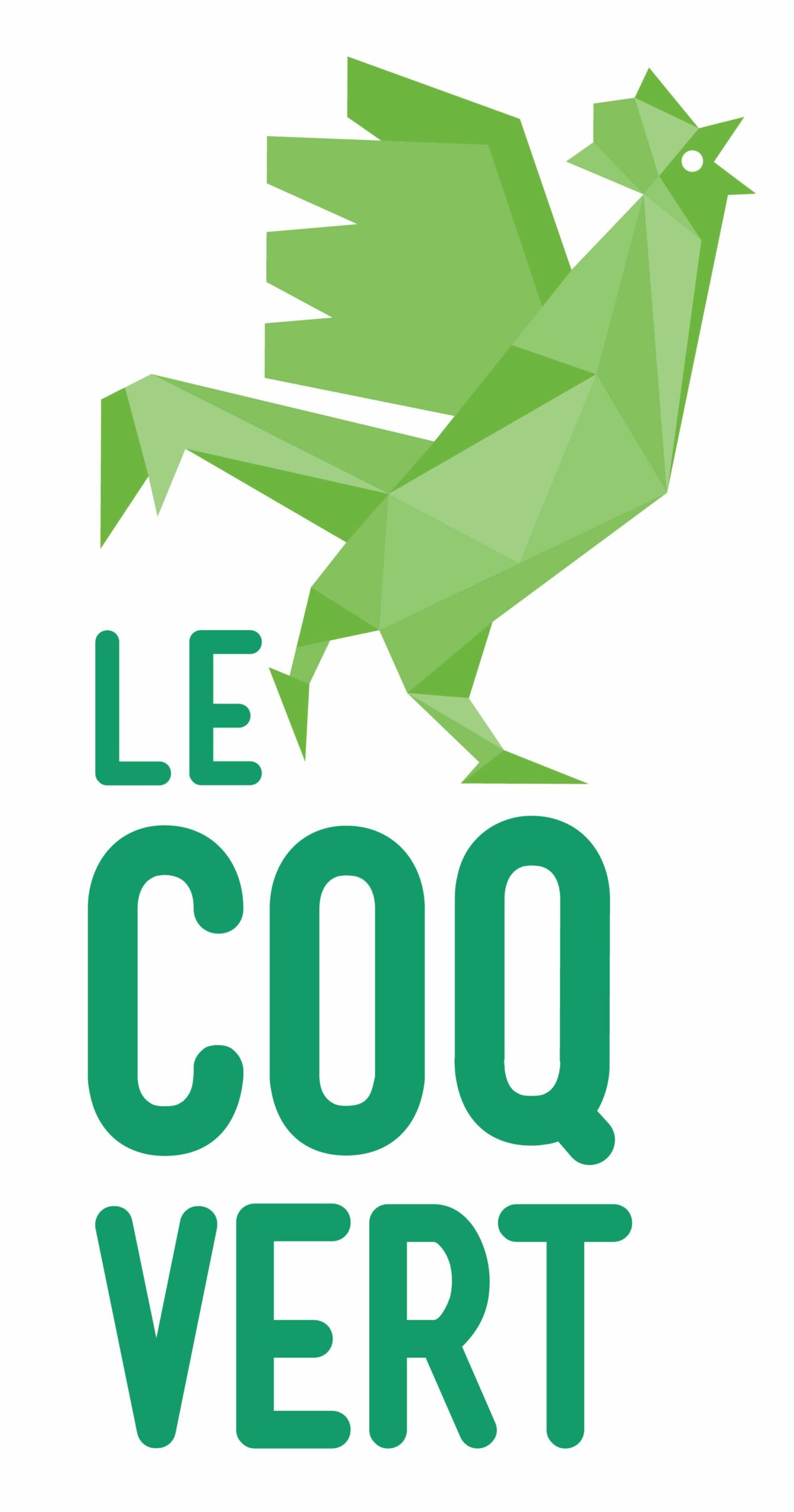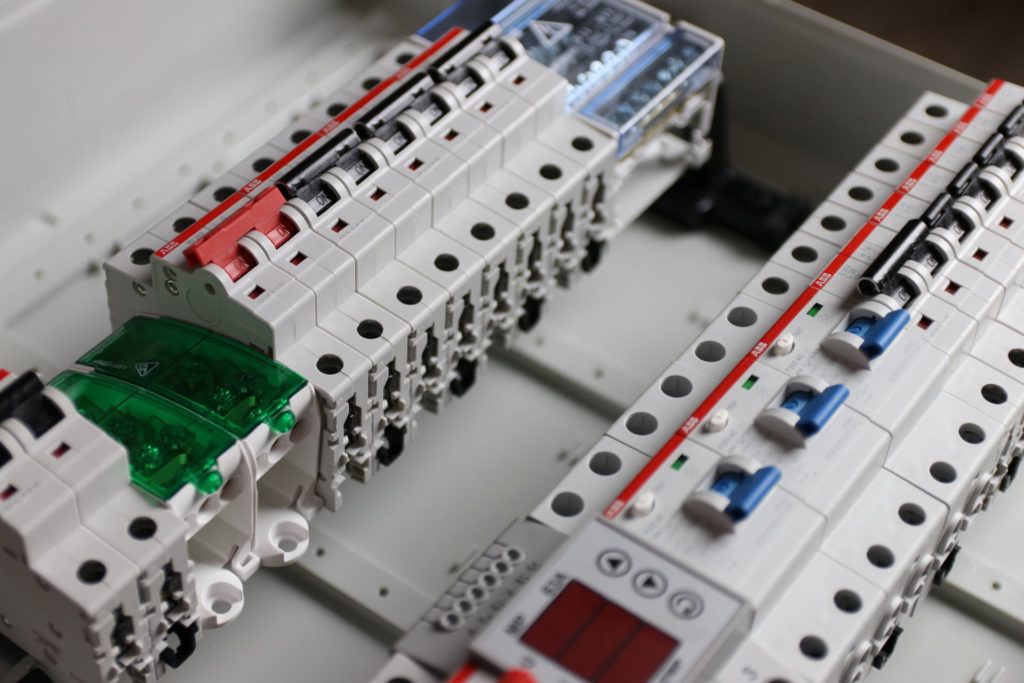Innovating with Tribofinishing to Dramatically Lower Costs and Lead Times for Schneider
Practically a chance encounter, but nonetheless…
During a trade fair in the early 90s, Schneider Electric SE, an international group in the electricity sector, discovered pins at the Delta Neo stand created by mechanical shearing with ends radiused by tribofinishing.
For manual opening and closing of its circuit-breakers, Schneider had historically mass-produced several million metal pins per year, manufactured by bar-turning (a material removal process) and sporting chamfered ends.
Curious about this alternative solution and the promised cost savings, Schneider agreed to let Delta Neo produce a few circuit breaker pins using these two processes, provided that the original functional specifications and design of the part would remain as unchanged as possible. The technical challenge lay in the fact that the part would need to be assembled at Schneider in the same way as before, but with a noticeable improvement in productivity.
A review of the contract was therefore arranged between the engineering departments and engineers on both sides to define and approve the new technical and quality constraints: Delta Neo’s in-house project team put every effort into proving to Schneider that they only stood to benefit from this change in process (in terms of speed and amount of material) if they agreed to revise their part manufacturing plans: they would have to switch from a machined part with chamfered ends to a mechanically cut part with radiused ends produced through tribofinishing.
The various samples supplied were enough to convince Schneider, and they agreed to adapt their technical documents to comply with this new process.
An initial pre-production run of parts was launched and the results were entirely satisfactory in terms of shape and assembly. Endurance testing, involving several thousand repeated manual circuit breaker opening and closing cycles, was still needed to prove that these pins would be reliable and functional in the long haul. And this too was a success!
What’s more, adjustments made to machines and processes at Delta Neo made it possible to achieve production rates that were up to five times faster than bar-turning (reaching 200 pieces per minute) and to boost productivity for the client. Conversely, Schneider would not have to make any changes to their assembly stations, and they saw no decline in the operational quality of their circuit breakers. It all worked perfectly!
This has been a total success for both parties and represents an exciting adventure that continues to this day with the huge number of different types of circuit breakers on the market for professionals and private individuals alike.





